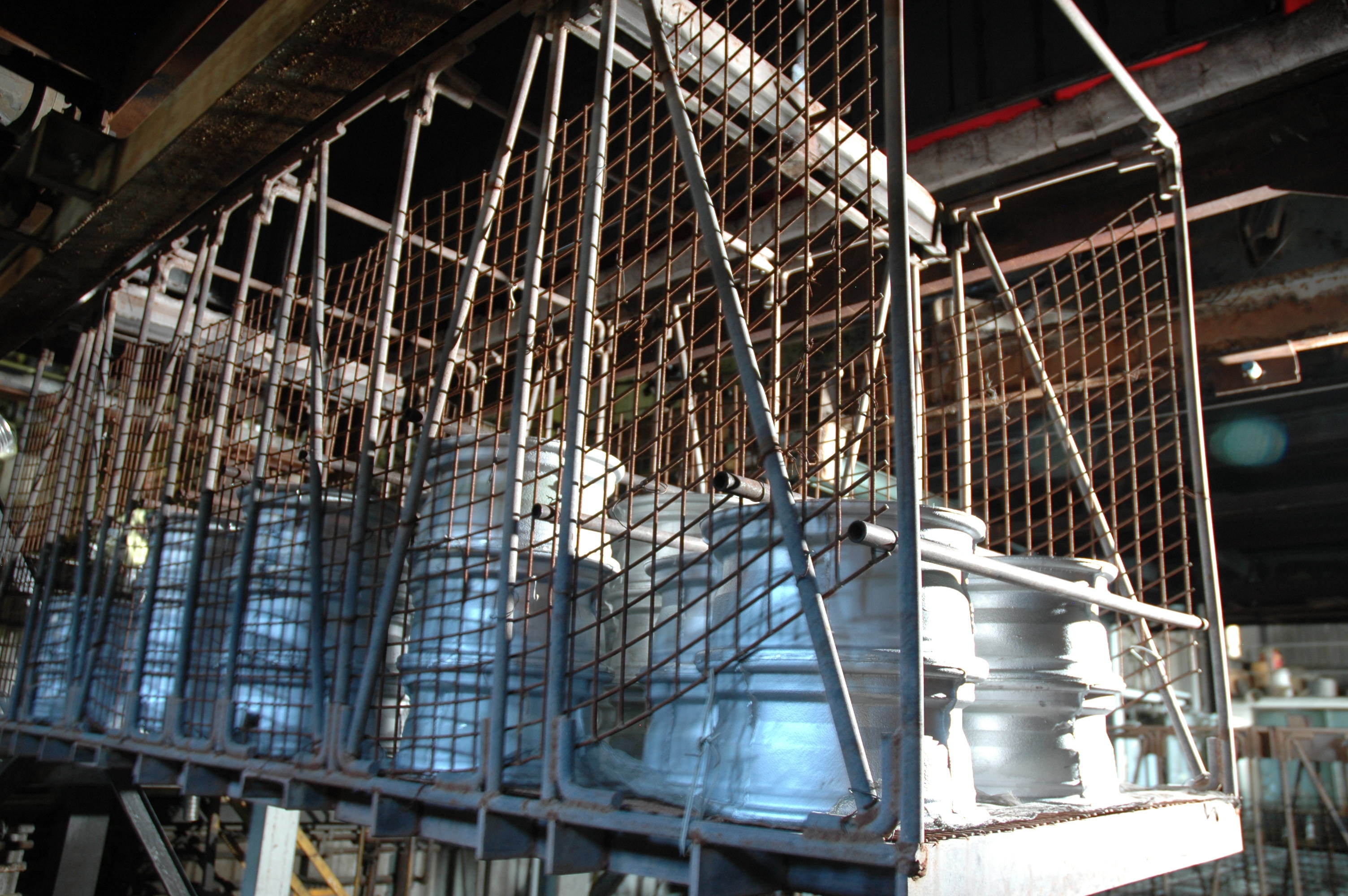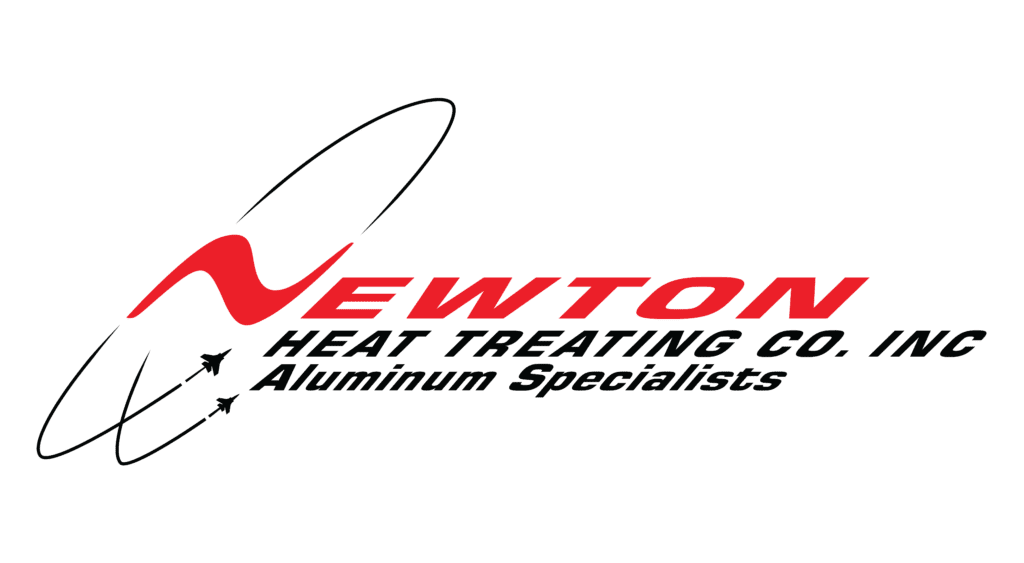Heat Treating
Our Heat Treating Department is the most significant part of our company. In our business, racking methods are critical in preparation for heat treatment. Through training and leadership, our people determine the best method of racking so that parts are evenly spaced and oriented per applicable specification. By doing so, airflow in furnaces is never compromised. Orientation is especially critical in order to minimize distortion during the quenching process. After parts are racked, photos are taken of each individual part number for method verification.
With parts properly racked in baskets, they are inserted into solution heat treating furnaces at solution temperatures. These temperatures are continuously monitored using a digital data logging system. The data logging system records furnace conditions every 2 minutes, and that data is protected by a triple redundant backup scheme which is saved on-site and in the cloud.
Should an unexpected variance occur during processing (such as a burner shut-off), personnel are immediately alerted by the digital monitoring system by means of alarms. Our Quality Department also has full visibility of all equipment conditions both on-site and remote access.

Once the quenching process is complete, parts are rinsed, dried, and transferred to the next stage of processing.
